Diggerland Durham
Explore
Explore the historic Lindisfarne Priory on Holy Island. Discover its ancient ruins, beautiful stone carvings, and the legendary Lindisfarne Gospels. Visit this iconic site today!
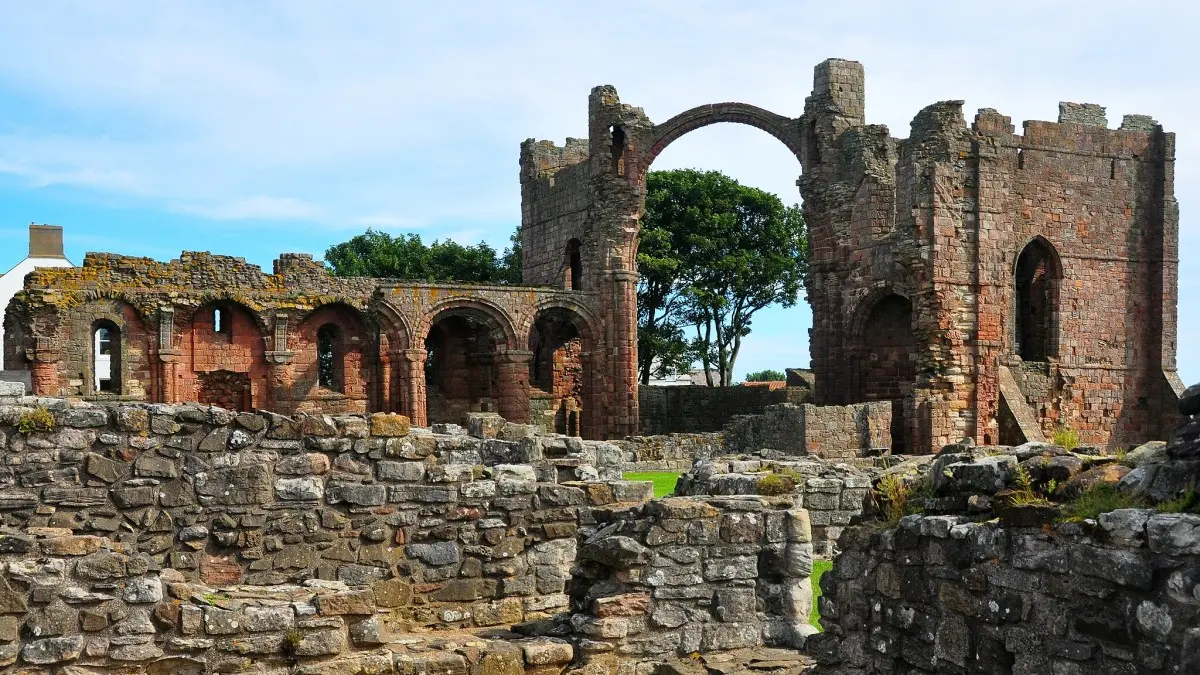
Step back in time at Lindisfarne Priory, a sacred and historical site on the breathtaking Holy Island off the coast of Northumberland. Founded in the 7th century by St. Aidan, Lindisfarne Priory was one of the most important centers of early Christianity in Britain. Its dramatic ruins stand as a testament to centuries of spiritual devotion and historical significance, offering visitors an inspiring glimpse into the past.
As you explore the atmospheric remains of the priory, including its iconic rainbow arch and ancient cloister, you’ll learn about its role in creating the famous Lindisfarne Gospels and its pivotal place in the spread of Christianity. The on-site museum provides fascinating insights into the life of the monks, the Viking raids that shaped its history, and its enduring legacy in British heritage.
Set on the serene Holy Island, Lindisfarne Priory is surrounded by stunning coastal scenery and wildlife. Accessible only during low tide via a causeway, the journey to the island adds to the sense of adventure and discovery. Whether you're a history enthusiast, a lover of spiritual sites, or simply seeking tranquility, Lindisfarne Priory offers a truly unforgettable experience.
Admire the remains of the iconic rainbow arch, a striking feature of the priory’s medieval architecture.
Admire the intricate stonework and impressive arches of the priory church.
Discover the breathtaking medieval manuscript art housed in the priory's museum.
Experience the unique journey to Holy Island, crossing the tidal causeway at low tide.
Learn about the priory's history and significance through informative displays and artifacts.
Why not make a weekend of it? Explore Nearby Attractions. Scroll to zoom in or out on map.
Curious about Lindisfarne Priory? We've compiled answers to the most frequently asked questions to help you uncover the highlights and visitor essentials.
Lindisfarne Priory was founded in the 7th century by St. Aidan and played a key role in spreading Christianity in Britain.
Yes, but access to Holy Island and Lindisfarne Priory is dependent on the tide, so visitors must check tide times before planning their visit.
Yes, the site includes a museum showcasing artifacts, the story of the Lindisfarne Gospels, and the priory’s fascinating history.
Visitors can drive or take public transport to the causeway leading to Holy Island, ensuring they check the tide times before crossing.
Nearby attractions include Lindisfarne Castle, the Holy Island beaches, and the Lindisfarne National Nature Reserve, renowned for its birdlife and scenic beauty.
Make your trip unforgettable by exploring these nearby attractions during your visit.
 Durham
Durham
 Newcastle
Newcastle
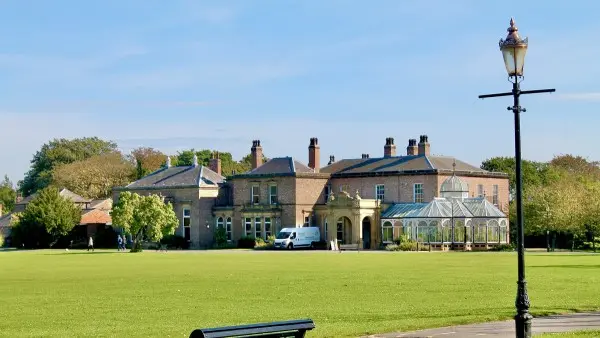 Stockton on Tees
Stockton on Tees
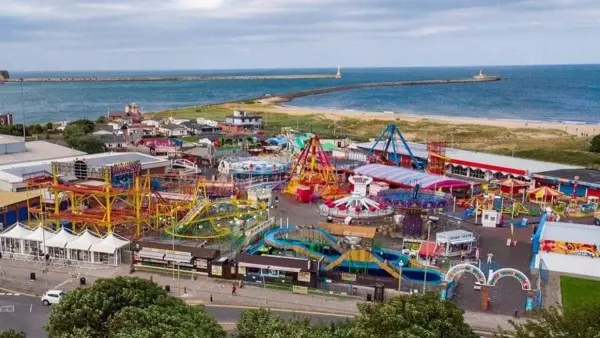 South Shields
South Shields
 Barnard Castle
Barnard Castle
 Middlesbrough
Middlesbrough
 Newcastle
Newcastle
 Bishop Auckland
Bishop Auckland
 Sunderland
Sunderland
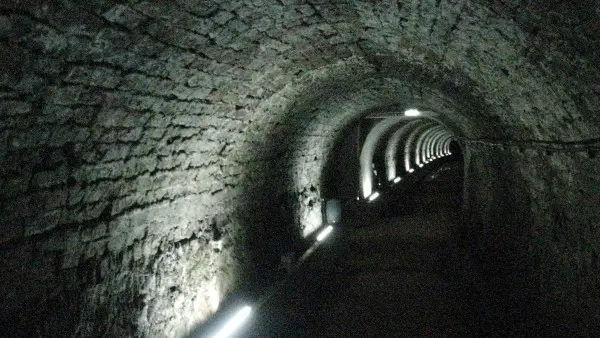 Newcastle
Newcastle
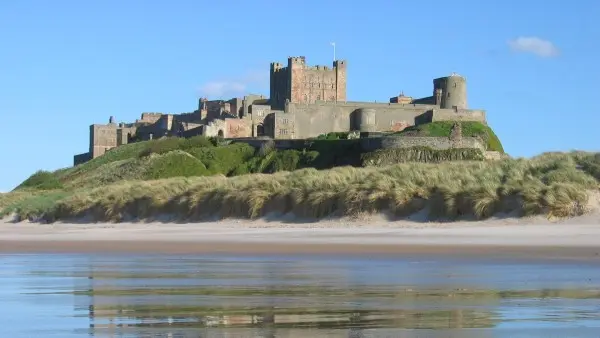 Bamburgh
Bamburgh
 Hartlepool
Hartlepool